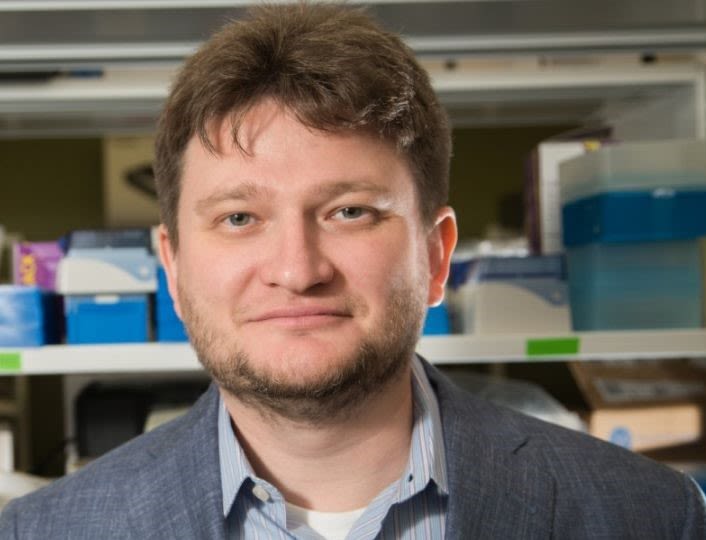Making Impossible Breakthroughs Possible


Sergey Shevkoplyas, professor of biomedical engineering at the University of Houston Department of Biomedical Engineering, and his associates are researching ways to miniaturize medical technology. Specifically, they’re trying to find ways to make blood processing machines used in cancer treatments smaller, portable and inexpensive. The current machines that remove white blood cells from blood (by a process called leukapheresis) are designed for typical patients — adults.
“An adult body has about five liters of blood circulating to remove the white blood cells and are typically connected to a machine the size of a small refrigerator,” Shevkoplyas said. "To work, the machine needs to be filled with a relatively large volume of blood, up to 250 milliliters. Children, however, don’t have as much blood as adults. Infants, in particular, may have less than one liter and can’t spare a quarter of their blood volume just to operate the machine.”
That discrepancy creates complications and risks when small children need these procedures to treat conditions like leukemia and other forms of cancer.
Shevkoplyas’ team is working to replace the large, complex machines with novel microfluidic devices with void volumes 100 times smaller.
“We can run these devices more easily with less risk and at a lower cost,” Shevkoplyas said. “What makes it exciting for us is that we could enable these life-saving procedures for small babies. That used to be impossible.”
Like most high-risk/high-reward experimental projects, funding is a major obstacle. Currently, an adult-sized leukapheresis machine costs about $100,000 and requires disposable inserts at an approximate price of $1,000 for each patient. The new microfluidic device will cost at least 10 times less. Besides being cheaper, it will be much smaller and more easily transported. These devices could expand access to advanced medical services, especially in remote areas and other resource-limited settings. Yet, companies and private venture funders are very hesitant to invest in this type of technology.
“If you go to an investor and ask for research funds to do the impossible, you don’t get a positive response,” Shevkoplyas said. “Investors often refuse to take the risk. We do get funding from the NIH [National Institutes of Health], but the funding is uber-competitive. After all, we aren’t the only ones working on important research.”
Shevkoplyas believes the outlook is very encouraging for his project. With an R01 grant from NIH, his work is now at the proof-of-concept stage, with additional studies ongoing. Research funding makes this important work possible.
“We’re trying to do something that many thought was impossible,” Shevkoplyas said. “It’s exciting to think of all the children and babies who will be able to get the treatment they need to be healthy.”
